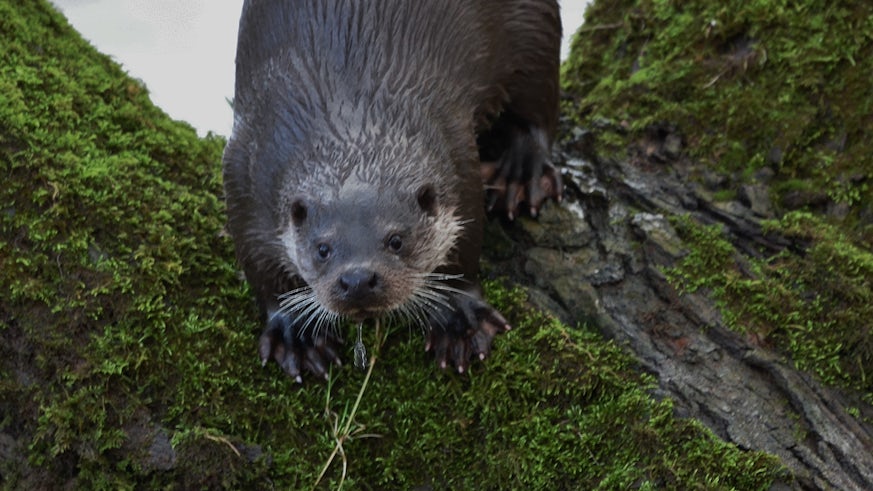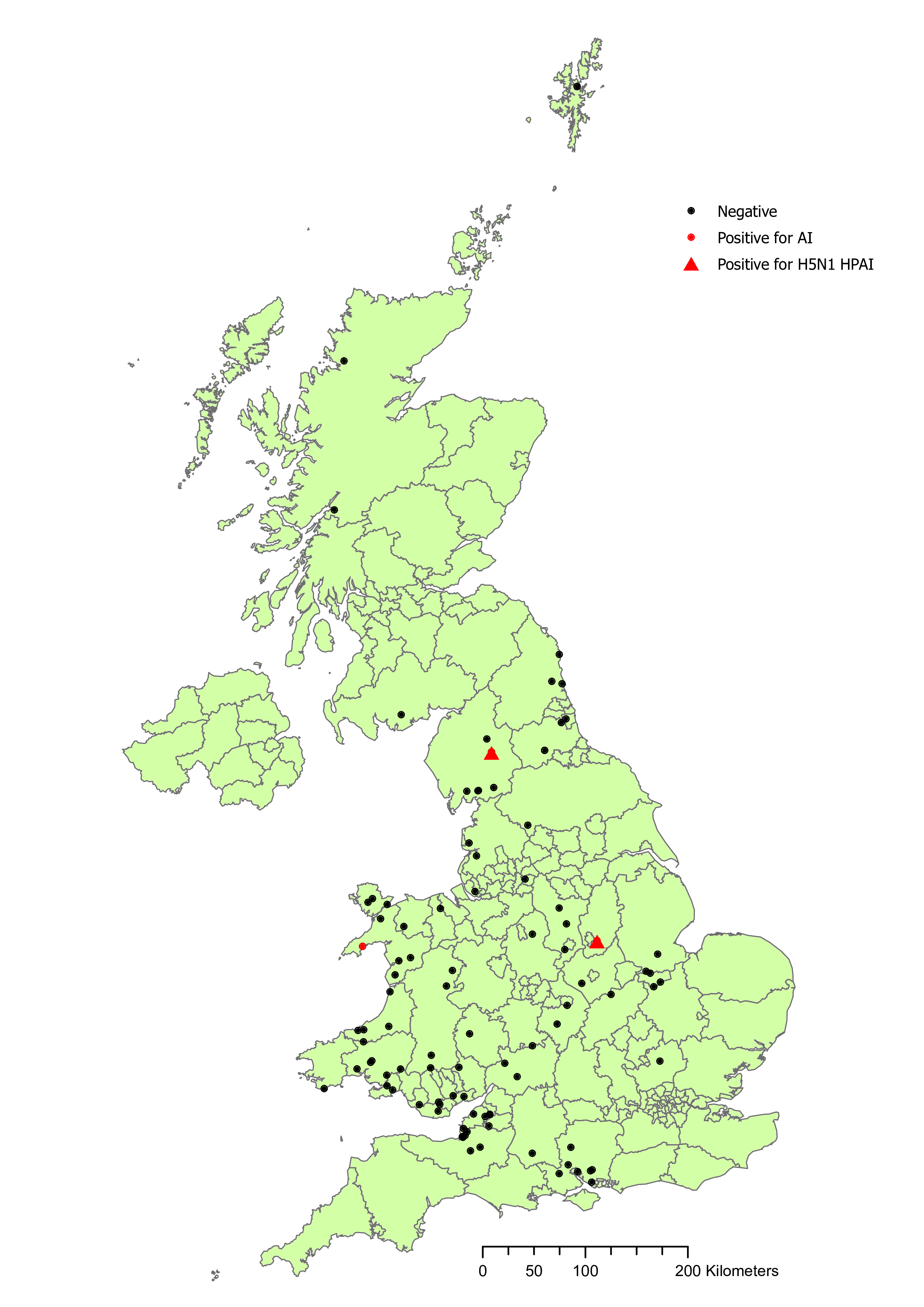High pathology avian influenza surveillance in otters update
30 May 2023

30 May 2023
Screening by Public Health Wales virology centre has now identified two otters with High Pathology Avian Influenza (HPAI), out of 100 individuals screened. All peripheral swabs have screened negative, even where deeper swabs have tested positive, suggesting that the risk of infection from collecting an otter carcass, using appropriate PPE, is very low.
Screening by Wales Specialist Virology Centre, Public Health Wales, has now identified two otters with HPAI, out of 100 individuals screened. Otter #4195 was found dead near Nottingham in May 2022, while otter #4197 was a young male picked up injured but alive in Cumbria, after being hit by a car in January 2022 – both arrived at Cardiff University in November 2022.
In the first case, unfortunately the otter was not fresh enough for samples to be of much further use for research. In the second case, however, the otter sadly died from its injuries at a local veterinary practice, and was frozen promptly after death. This has provided us with unusually high quality samples, which we have now passed on to scientists at the Worldwide Influenza Centre (WIC) at the Frances Crick Institute. They are hoping to gain vital information about the development of the virus in mammals. This case highlights the importance of wildlife surveillance, and the vital contribution made by every individual and organisation in the chain – from first sighting made by a member of the public, care and subsequent storage of the carcass by the vet, collection and transportation by the Environment Agency, swabbing and examination by us at the Otter Project, screening by Public Health Wales, and now - further genomic research by scientists at the WIC. The work being done by the WIC is a vital part of the global effort to prepare for and alleviate the threat of future pandemics; monitoring influenza viruses worldwide, and identifying potential threats to the human population.
Of relevance to our collector network, it is also interesting that thus far, all peripheral swabs (nasal, and rectal) have screened negative, even where deeper swabs (tracheal, or brain) have tested positive. Although the number of positives so far is small, this is consistent with findings by collaborators on the continent, and our discussion with virologists suggests that this reflects the more rapid degradation of the virus when exposed to the environment. This is good news for our collector network, as it suggests that the risk of infection from collecting an otter carcass, using appropriate PPE, is very low (if the viral load is too low to be detectable, it is not likely to infect anyone).
For a comprehensive overview of our screening results to date see the map below.

Map of otters screened for AI. Symbols indicate location of origin. Black symbols: otters testing negative (n = 97), red circles: otters testing positive for AI (n = 1), red triangles: otters testing positive for H5N1 HPAI (n = 2). Cause of death of the otters shown here is unconfirmed at time of posting, with full post mortem examination pending for many of these otters. Typically around 85% of the otters we receive are roadkill. Results shown are based on molecular analysis for the virus by Public Health Wales and APHA.